- Easy to read panel
- faded

4
·
Very good

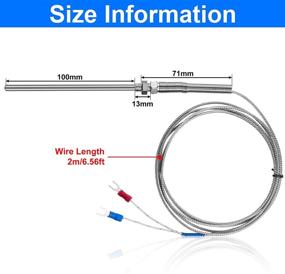
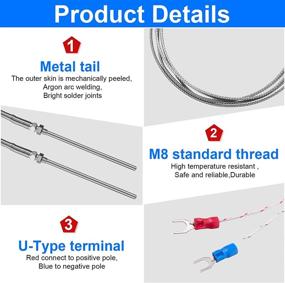

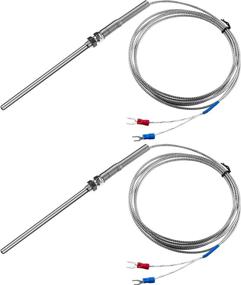
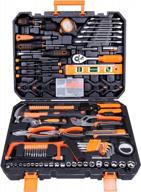
168-Piece General Household Tool Set Kit With Plastic Storage Case In Bright Orange By CARTMAN

40 Review

Thermometer B.Well WF-4000 white

57 Review
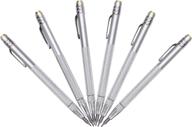
IMT 6 Pack Tungsten Carbide Tip Scriber Aluminium Etching Engraving Pen With Clip And Magnet For Glass, Ceramics, Metal Sheet

38 Review
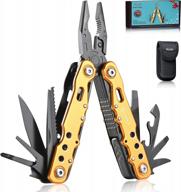
Gifts For Dad Husband Boyfriend Gifts For Him Unique Birthday Gifts For Men RoverTac 14 In 1 Multitool Pocket Knife Pliers Screwdrivers Saw Bottle Opener Perfect For Camping Survival Hiking Repairs

32 Review

Detector Bosch GMS 120 Professional

28 Review

Cable tester BENETECH GM60

15 Review
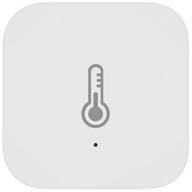
Room temperature and humidity sensor Aqara Temperature and Humidity Sensor white

25 Review

VIVREAL 4 In 1 Stud Finder Wall Scanner With LCD Display - Center Finding Beam Finder And Sound Warning For Wood, AC Wire, And Metal Studs (Black/Silver)

24 Review

🔲 Johnson RAS-1B Johnny Square: Professional Aluminum Rafter Square, 7'', Silver - Top Quality with 1 Square

8 Review

📏 Johnson Level and Tool 400EM-S 12-Inch Heavy Duty Metal Combination Square for Professionals, with Inch/Metric Measurements, Silver - 1 Square

8 Review
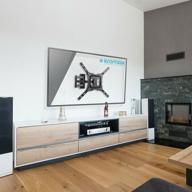
TV bracket Kromax DIX-18 black

52 Review
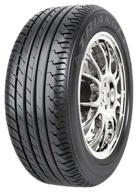
Triangle Group TR918 225/45 R18 95V summer

61 Review